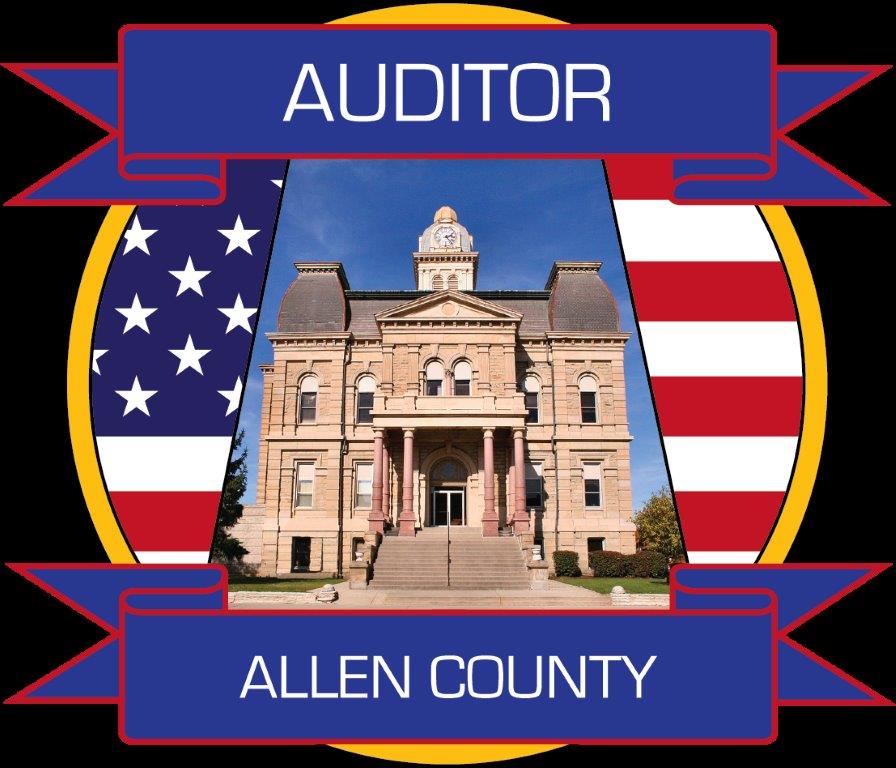Agricultural District
General Information
In 1982, the Ohio General Assembly forged a new law that will help keep Ohio farming. Senate Bill 78 or better known as the Farmland Preservation Act is a law that every farmland owner needs to be aware of. The law has important benefits for Ohio farmers and can help insure proper use of our state’s most important resource – land. The Ohio Farm Bureau Federation was instrumental in the construction of this law. The law can help landowners deal with water and sewer assessments, nuisance lawsuits and the powers of eminent domain.
The motivation behind the Farmland Preservation Act is to remove outside pressures that cause farmland to be converted to other uses.
Minimum Qualifications
Persons wanting to place land in an agricultural district need to only consider a couple of minimum requirements. First, the land must be devoted to agriculture or to a federal government land retirement or conservation program. Secondly, the land must be composed of tracts, lots or parcels that total not less than 10 acres or have an average gross income of at least $2,500 during the past three years.
Forming an Agricultural District
Simply visit the County Auditor’s Office and file an application during the first Monday of January and prior to the first Monday in March. Any owner of land used in agricultural production can place land in an agricultural district. The Auditor will determine if the land meets the minimum qualifications and will provide written notice to the landowner.
In the case where the land falls inside the bounds of a municipal corporation an additional application must be made to the city or village. Except when the land lies inside a municipality, the creation of an agricultural district is automatic when the qualifications are met.
Please complete the Agricultural District Application if you would like to apply for the Ag District.
Frequently Asked Questions about the Ag District Program
